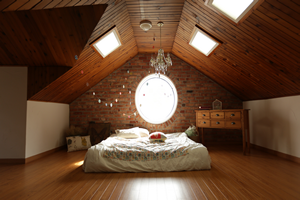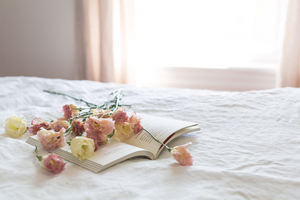Creating a Minimalist Home
The minimalist house interior is all the rage nowadays. With the ever-increasingly-expensive real estate market, buyers want a home that is highly functional yet inexpensive. A minimalist house interior gives the impression of space where there is none. In fact, the minimalist style makes the most of every square inch of empty space and creates a natural feel for the room. More than that, this highly customizable design appeals to the eye – which is definitely a buyer’s top concern.
However, in order to make your minimalist house interior all that it can be, you need to keep your living room clutter-free and as much white and black colours as possible. The minimalistic design is more than a plain appearance. Like any other design, it also has certain fundamental characteristics and rules which give it its unique appearance. So what are those fundamental features and pointers that you need to identify a minimalist home from an ordinary one?
Neutral colours. Your minimalist house interior will have no colour scheme; it is minimalist after all. You will want to avoid bright, contrasting colours and instead opt for a palette of pale, earthy tones. This goes hand-in-hand with the other elemental aspects of minimalism: light and airy colours. For the walls, stick to pale, muted tones, such as off-white, cream and beige, rather than bright, contrasting ones, such as red, orange or yellow.
Pillars and window decorations. For a minimalist style interior design, light wallpapers and window decorations are preferable. A mixture of textures, such as distressed wood and velvet fabrics, also work well.
Large and Flat surfaces. To achieve a minimalist house interior, keep clutter to a minimum. Even though your furniture will be on curved surfaces, you can choose flat surfaces for some decorative elements, such as large panels for your drapes and valances. Moreover, choose curtain rods that will compliment the curved lines of your furniture. In this way, you can create a cohesive look for your home interior.
Big and Flat Spaces. Although small details, such as a rug for your bare floor, can add to the overall effect of your minimalist living room, there are some large items that you might want to avoid, such as huge chandeliers. Instead, choose simple, metallic lamps in soft colours such as ivory or lilac to provide your space with a warm, relaxing glow. Choose minimalist shades of white and off-white for your walls and curtains to contrast the light colours on your furniture, and to complement the colours used in your chandeliers and tapestries. As for your walls, choose abstract, bright colours such as red and turquoise for a playful, festive feel.
Functional Furniture. The key to a minimalist interior design is the absence of excess pieces of furniture, which will clutter the space. As a result, you’ll be forced to use smaller, more functional pieces of furniture, such as end tables and coffee tables, which will not only help you make a statement about your personality but also improve your ability to live a clutter-free lifestyle. As such, you should carefully pick functional pieces of furniture that are not oversized, bulky or unnecessarily decorated, and balance your minimalist decor.
Neutral Colour Palettes. A minimalist house requires an even colour palette, which will help you create the illusion of a larger space without having to resort to harsh, overbearing colours such as red, yellow or black. If you’re looking to create a calm, peaceful environment, opt for a light, airy colours such as blue and white, whilst if you’d like to inject some life into the space, go for bold, saturated colours such as red, orange and yellow.



